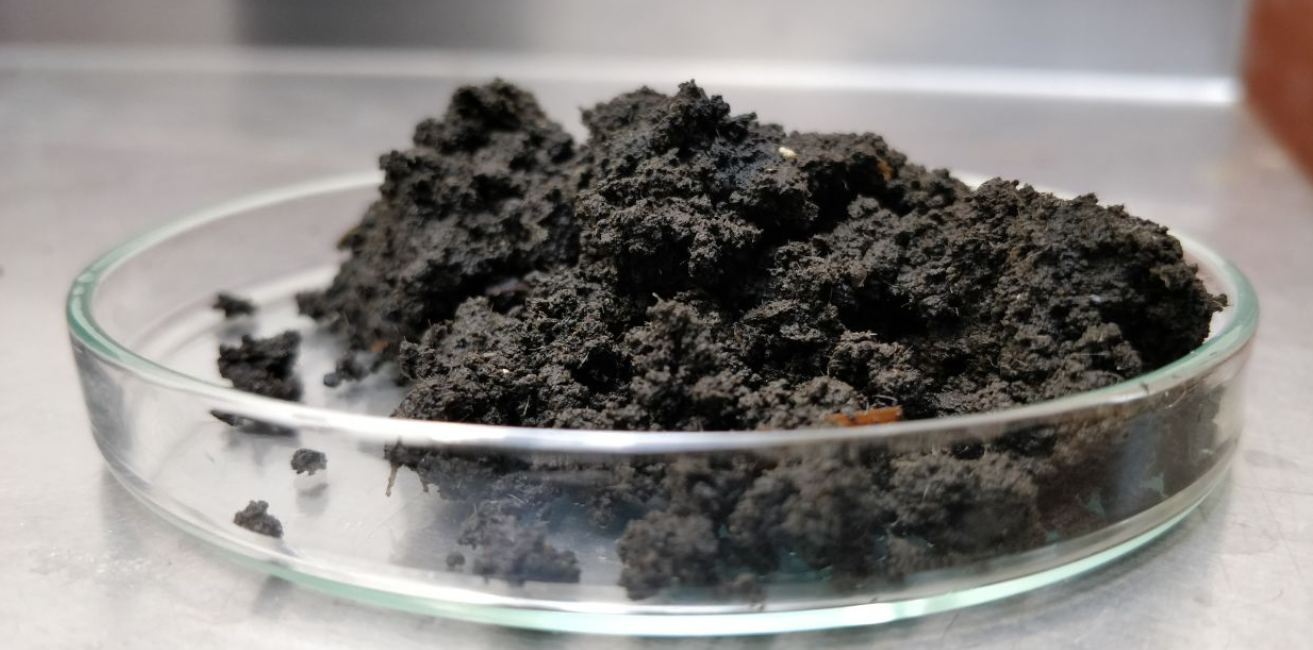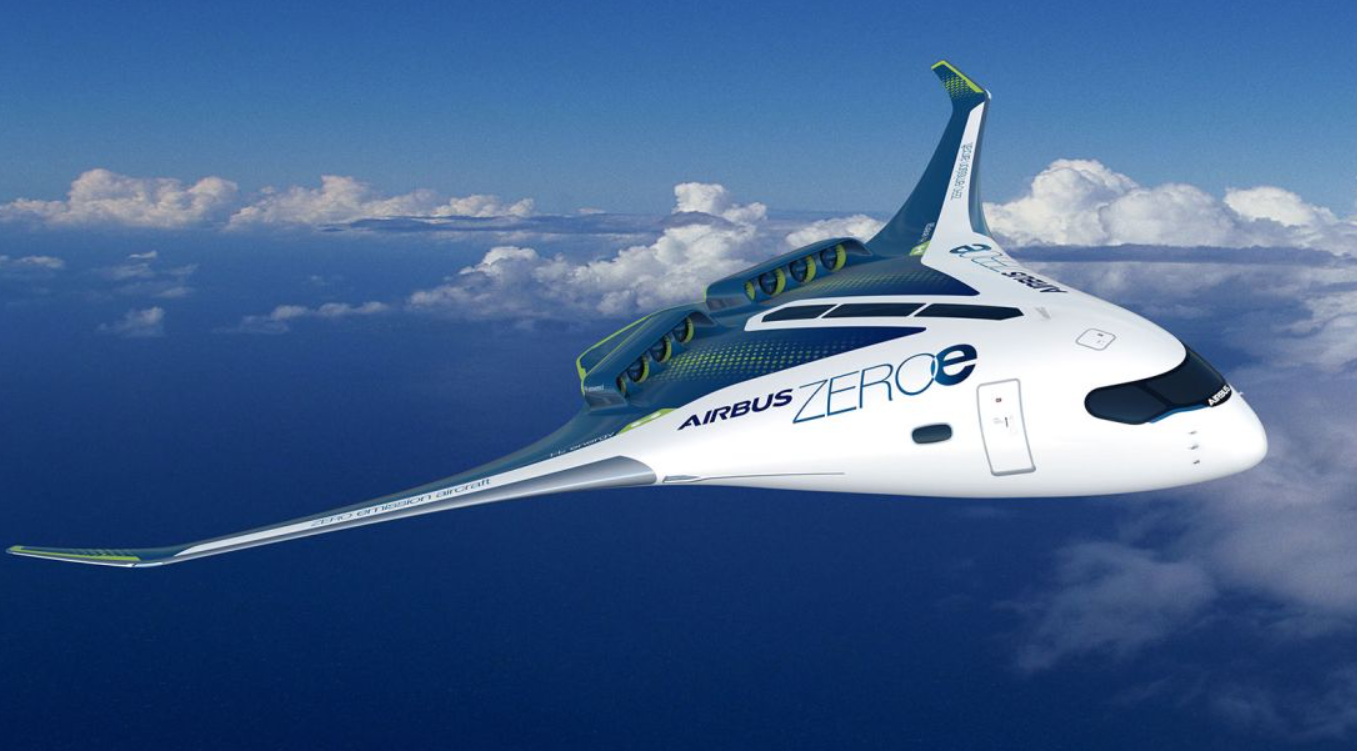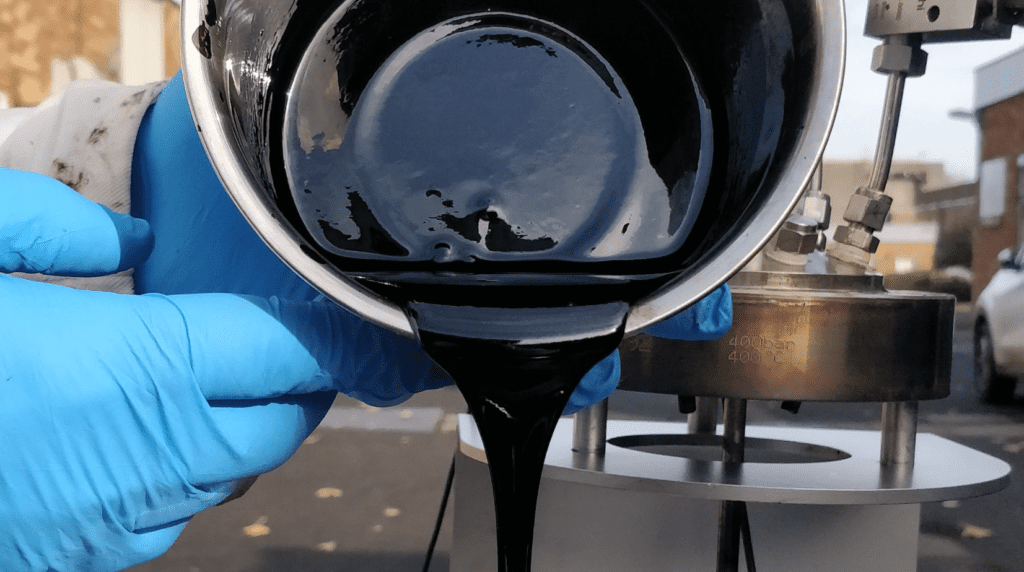In the pursuit of sustainable aviation fuels, companies are exploring innovative options.
Firefly Green Fuels, a UK-based aviation company, has ventured into the realm of sewage-derived jet fuel, raising eyebrows with the concept of poop-powered planes.
While alternative aviation fuels, such as sustainable aviation fuel (SAF), are not new, utilizing sewage as a primary source is a novel approach.
With commercial aviation contributing about 2.5% to global carbon emissions, the industry is seeking ways to reduce its environmental impact.
SAF is seen as a potential solution, aiming to contribute up to 65% of the emissions reduction necessary for aviation to achieve net zero by 2050, according to the International Air Transport Association (IATA).
SAF, including that derived from sewage, maintains the same combustion properties as traditional jet fuel during flight but boasts a lower carbon footprint throughout its production cycle.
Firefly employs hydrothermal liquefaction to convert sewage into biochar and crude oil, with early results indicating its similarity to standard fossil jet fuel.
An analysis by Cranfield University suggests a 90% lower carbon footprint compared to conventional jet fuel.

Firefly aims to scale up production, planning to submit a fuel qualification application to ASTM International and construct a processing facility in the UK.
CEO James Hygate envisions it operational before 2030, capable of producing approximately 40 million liters of SAF annually.
Financing processing facilities poses a challenge, but the company has secured a research grant from the UK Government and an investment from Wizz Air.
Despite the potential, sewage alone cannot meet the entire demand for jet fuel.
Hygate estimates that utilizing all usable UK sewage waste would cover only 5% of the country’s demand.
Therefore, it would need to complement other SAF feedstocks, such as rapeseed oil.
However, the use of sewage for fuel raises questions about the impact on existing practices.
Cait Hewitt from the Aviation Environment Federation emphasizes the need to assess the potential displacement of sewage, currently used as fertilizer by farmers in the UK.
Hygate suggests the biochar by-product could serve as an alternative for farmers, but the scale may differ.
While biofuels, including sewage-derived fuel, are anticipated to play a role in aviation’s future, they are not without limitations.
Despite advancements, they do not address contrail-related environmental issues.
Hewitt emphasizes the importance of focusing on scalable, zero-emission solutions to achieve net-zero aviation by 2050, cautioning against assuming alternative fuels alone can solve the challenge.
The potential use of sewage as a feedstock raises questions about its current agricultural applications, with some sewage being used as fertilizer.
Hygate suggests that the biochar by-product could serve as an alternative for farmers.
Yet, concerns exist about potential impacts on fertilizer availability and the possibility of regulations restricting sewage spreading on fields.

Despite these challenges, biofuels, including sewage-derived SAF, are likely to play a role in the aviation industry’s sustainable future.
While not a panacea, Hygate believes it’s a step in the right direction.
However, Cait Hewitt of the Aviation Environment Federation emphasizes the need for scalable, zero-emission solutions to achieve net-zero aviation by 2050, cautioning against seeing alternative fuels as the sole solution to the complex challenges posed by aviation emissions.
